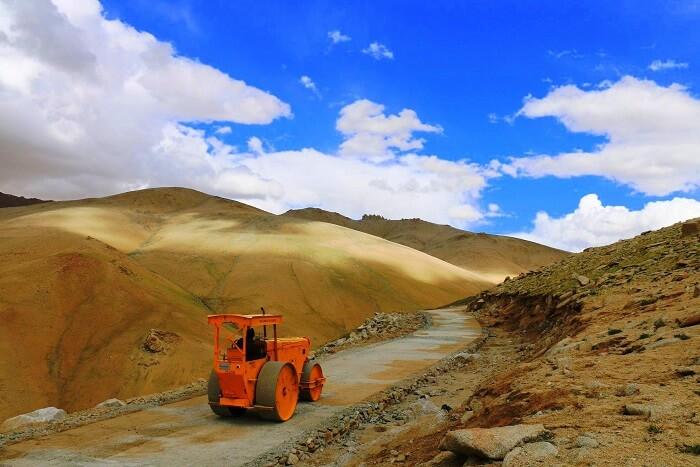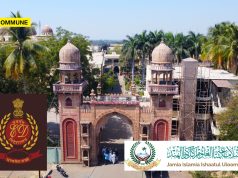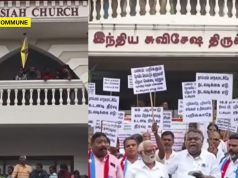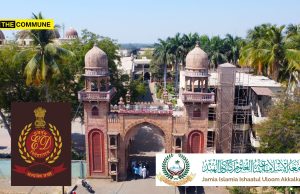
India achieved a huge milestone on July 27 this year, when the Border Roads Organisation (BRO) achieved the difficult task of cutting through the last length of a rockside in Ladakh to link up with a team waiting on the other side, a report by India Today noted.
To ensure the alignment was perfect, the BRO used GPS-guided rock-cutting machine without making any change in the road gradient. It was a historic moment for the BRO teams in the Zanskar region which managed to achieve physical connectivity of the Nimmu-Padam-Darcha (NPD) road section that is a 300-km-long arduous road axis.
By 2023, this road will be black-topped and completed as a two-lane road and it will become a third such link between Ladakh and the plains of the mainland.
Right now there are two roads to enter the Ladakh Union Territory. One is the 434-km-long Srinagar-Kargil-Leh route via the Zoji La Pass and the other is the 490 km Manali-Leh road which passes through the Rohtang Pass.
Credit has to be given to BRO engineers, staff and the Indian army who have managed to build this road on these three passes, at heights of between 16,000 and 17,000 feet. These passes snowed up nearly six months of the year during winter giving planners very small window each year to commence work.
Lieutenant General Rakesh Sharma, former GOC of the Leh-based 14 Corps, calls this road ‘a game-changer for Ladakh’. “This is something we have wanted for a long time. It allows us to use the Rohtang tunnel and directly access Ladakh bypassing the hurdles of Baralacha La, Tanglang La and Lachunlung La,” he says.
With China’s People’s Liberation Army (PLA) building more infrastructures to provide living quarters for an army of a brigade-size at the other side of the Line of Actual Control (LAC), it is imperative, India must develop the infrastructure at its end.
Wars are fought by soldiers with guns but it is won by those who have better logistics. Smooth flow of supplies is necessary for the Indian army to ensure that the errors of 1962 war are not repeated.
With two hostile neighbours on either side, the army needs multiple corridors to access this remote mountainous frontier region.
During the Kargil war, Pakistan was able to fire its artillery shells on the Srinagar-Leh National Highway 1 and if they have been successful, they would have cut off Ladakh and the strategic Siachin glacier, which is why the army requires roads to rapidly resupply its Ladakh garrison.
Ability to swiftly transport troops and move fuel and other crucial supplies are the keys to maintain territorial integrity.




